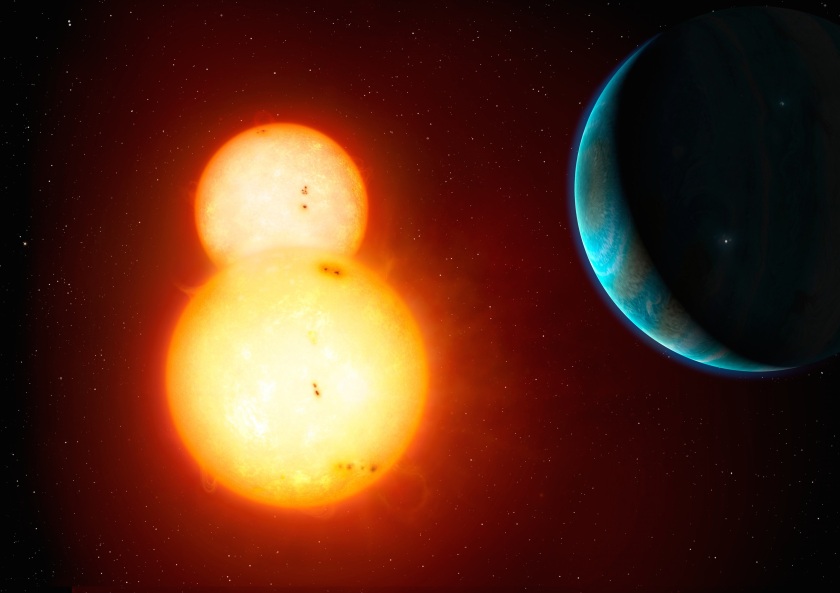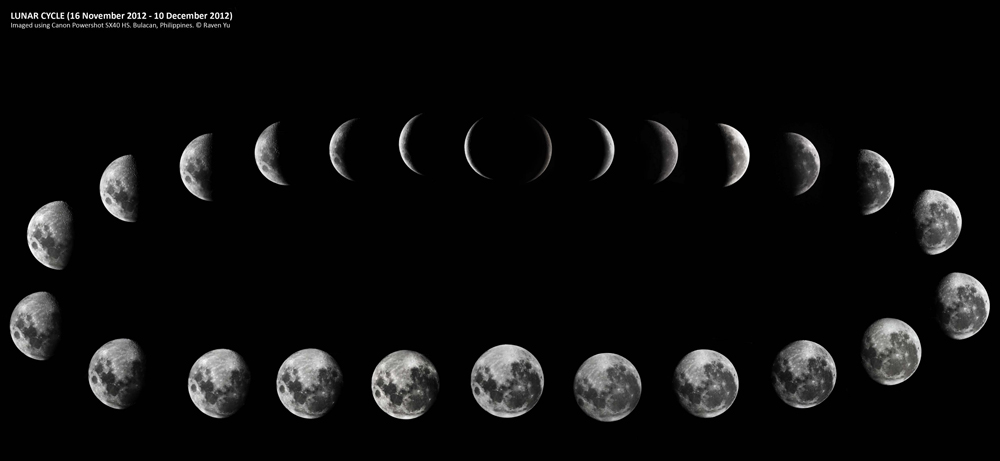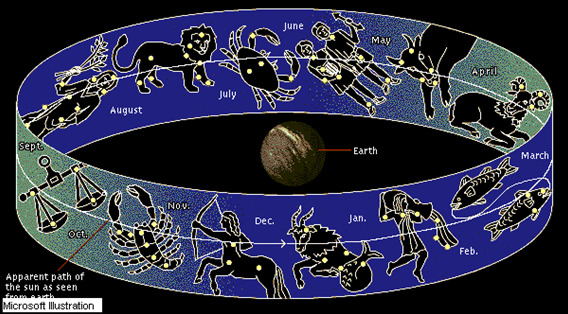In my previous post we explored the basic issues of time and how the world’s standard of time only makes sense if we accept that what the Holy Torah tells us is true. We all come from one family. We are all from the children of Noah.
In addition to the mishpachtologyia (family related stuff) the issues of time also do not make sense unless we also understand that even before the Sinai event there was Torah in the world and it was learned and studied in the houses of the Torah-greats of the pre-Avraham age Shem and Ever. As we will see if we don’t accept this there really is no reason to follow a solar-lunar year (and calendar).
Here’s why.
We already know that we Jews do it differently when it comes to time (and everything else)! Our day starts in the evening, our first month in the middle of the solar year and our solar year at the end of the summer. We have no standardization of the months, they can be either 29 0r 30 days with two “swing” months (cheshvan and teves) and during a leap-year we even have 13 months. But why is it that we do it this way?
The reason is that the Torah demands of us to have a double standard year, taking into account both the lunar cycle and the solar cycle in order to balance out the two.
On the one hand Moshe, our teacher, is told in next week’s parsha, parshas Bo, (Exodus 12:1-2)
{א} וַיֹּאמֶר יְהוָֹה אֶל מֹשֶׁה וְאֶל אַהֲרֹן בְּאֶרֶץ מִצְרַיִם לֵאמֹר: {ב} הַחֹדֶשׁ הַזֶּה לָכֶם רֹאשׁ חֳדָשִׁים רִאשׁוֹן הוּא לָכֶם לְחָדְשֵׁי הַשָּׁנָה:
(1) And HaShem said to Moshe and to Aharon in the land of Egypt to say (as follows). (2) This month is for you the head (rosh) of months. It is the first of months for you of the months of the year.
From these verses we learn that the the month of Nissan is the first of months only for us, (as a reminder and a symbol of how HaShem took us out of Egypt to be His people) and that it is the first of months of the year, clearly telling us that the accepted year of those days was comprised of months. In other words the calendar had both months and years.
Now if we had a purely lunar calendar there is no apparent problem from this verse, so long as we keep the laws of Passover during the first month, (i.e. Nissan) we’re just fine and dandy. However there is another clause which gives us pause. The Torah tells us elsewhere (Deuteronomy 16:1)
שָׁמוֹר אֶת חֹדֶשׁ הָאָבִיב וְעָשִׂיתָ פֶּסַח לַיהֹוָה אֱלֹהֶיךָ כִּי בְּחֹדֶשׁ הָאָבִיב הוֹצִיאֲךָ יְהֹוָה אֱלֹהֶיךָ מִמִּצְרַיִם לָיְלָה:
Guard the month of the Spring (aviv, which also refers to sprouting vegetation) and you shall do Pessach for HaShem, your G-d, for in the month of Spring HaShem, your G-d, took you out of Egypt. (You shall do so in the) night.
From here we learn that not only must Pessach be in the middle of the first Jewish month, but we have to insure (i.e. Guard) that the first month should always come out during the beginning of the Spring.
Now, if we follow a purely lunar year this is not possible for a very simple mathematical reason. The length of the solar year (from spring to spring) is approximately 365.25 days. It is because of the extra quarter day that a “leap year” (which really is just a leap day, as only one day is added) is added every 4 years so that the solar calendar should not lose a year, relative to the seasons, every year. Whereas the length of the average lunar year is 354 days (6 months of 30 days + 6 months of 29 days = 354), which makes for an annual “loss” of 11.25 days every year when compared to the solar year. That means that in 3 years there is a little more than 1 month’s difference between the lunar and solar years, and within 9 years more than three month’s difference. Clearly this is NOT the way to insure that the we keep the month of Nissan at the beginning of the spring! (It is for this reason that in Islam the month of Ramadan revolves throughout the seasons).
But here’s the thing.
If that’s the whole problem there is a very simple solution to the issue! Just keep a solar year — and you’re just fine! Why, indeed, should we keep the lunar year at all? What do we gain by it? Why did HaShem feel the need to make a double standard of calculating the year, which requires us to follow the moon, anyway?
I did quite a bit of looking around and I even consulted with people over the web. It was suggested to me to look in Rav Shimshon Refael Hirsch in Shemos (Exodus) 12:1. I looked there but I didn’t really see that he addresses the above question. It was also suggested to me to look in the Artscroll book on Kiddush haChodesh/Hallel, but I don’t have that to look.
What I DO have is Rashi in Bereishis (Genesis) where we find a very interesting thing.
During the fourth day of creation the Torah describes to us the creation of the meoros, the light sources. It was on this day that all of the stars of the heavens above were either created, as the simple understanding of the verse implies, (and so say some of our holy sages, ob”m), or they were established in their present trajectories and orbits, as our sages, ob”m, tell us. I deal with this topic in-depth in the tenth chapter of CE1 “Hello? G-d?”. For more elaboration on the fourth day – look there.
Like all days the actual fourth day is divided into two sections: the “planning” section, where HaShem describes what will be created on that day and what it’s purpose is, and the “carrying-out” section, where the Torah describes the fulfillment of that days work.
(This has a great life-lesson for all of us, like all the word’s of the Holy Torah, when we take a good look at them. The lesson is that a person’s day should be planned and then we should act upon our daily plan. As a wise man once said “Those who fail to plan – plan to fail!”. However this isn’t the time to address this issue fully).
In any case during the planning stage of the fourth day, upon scrutiny, there are two types of jobs laid out for the meoros. The first is found in Genesis 1:14 the second is also there verse 15.
Job A: “…to separate between the day and the night and they should be for signs (otot) and for moadim (festivals) and for yamim (counting of days/months) and for shannim (years)”.
Job B: “And they should be as meorot (sources of light) in the rakiya of the shamayim (again, see the book for explanation) in order to shed light on the aretz (the “land”, i.e. the world. See the book).
Job A is a very general mission statement. Job B is much more specific as it explicitly describes that the meorot in the rakiya hashamayim have a much more specific job, as they are the sources of light for the aretz, which is the focal point of the entire Genesis narrative.
When the Torah then changes to the “carrying-out” section (verse 16) it starts out by saying “And HaShem (Elohim) made the two great light sources (meoros)”, both big, both great, both equal sources of light. The verse then continues to say “The large light source, to rule the day, and also the small light source, to rule the night, and also the stars”.
Rashi (ibid) quoting the Talmud (Hullin 60b) notes the apparent difference between what the verse opens with and what it finishes with and asks “Make up your mind! Are they both big or is only one big”?
To which Rav Shimon ben Pazi answers with a midrash:
The “moon” comes up to HKB”H and raises a serious problem “Is it possible”, said the moon, “for two kings to rule with the same crown”? To which HKB”H answers “Go and make yourself smaller”. An argument thereby ensues.
“Just because I noted a real problem I should be the one to lessen myself”, said the moon to HKB”H. HaShem responds “Go! For you will rule during the night and the day” (as the moon sometimes is visible even during the daytime). “Even so”, responded the moon, “what good is a candle during he daylight”? “Go!”, said HKB”H, “For by you will Israel count days and years”. “Even so”, said the moon, once again, “it’s not possible to NOT count the year by means of the tekufa (the cycle of seasons)”. … (HKB”H) saw that the moon was still upset by this. Said HKB”H “Bring a sacrifice (on Rosh Chodesh) as an atonement for My having made the moon lesser”.
The words of our holy sages, ob”m, are not to be taken lightly. This is not just a fable or a fairy-tale. There is depth beyond depth contained here to which I cannot do justice, but at least I would like to scratch the surface.
I know that the concept of the moon and other inert bodies having a conversation goes against our ingrained brain-washing that these are inanimate objects. They are, indeed, inanimate when compared to, say, plants, however it is clearly the opinion of both the written and oral Torahs that that does NOT mean that they do not have a soul. (For more on this issue wait for book two, when the topic of the soul will be, with HaShem’s help, fully explored). As the verses of Tehillim say (148:3)
הַלְלוּהוּ שֶׁמֶשׁ וְיָרֵחַ הַלְלוּהוּ כָּל כּוֹכְבֵי אוֹר.
Praise Him sun and moon, Praise Him all stars of light
Even the Rambam, the great philosopher, writes in the Laws of the Foundations of the Torah (chapter 2) that the celestial bodies have a nefesh.
In any case.
The Torah here is telling us that originally the milky way galaxy was a binary system. It had two suns of equal strength. However, it was the job of all of the light sources to fulfill job A from above, to be signs and moadim and yamim and shanim. However as far as the aretz was concerned there were two main celestial bodies: the two suns. Both of them were to shine on the world during the day (verse 15) and to act as the sources of daylight. But then something happened and one of them changed. One of them became small and was no longer an actual source of light in it’s own regard.
To understand how this small midrash explains away many of science’s questions about the source of the moon – see the book in chapter ten!
But in addition this midrash also explains to us how the day of Rosh Chodesh attained a special status in the Torah and became similar to one of the moadim. Rosh Chodesh has a special mussaf (additional) sacrifice which no other day has, yet it, itself, is not one of the moadim enumerated at the end of Leviticus 23 (Vayikra).
So the midrash now tells us that there has been a significant change in physicality, but that still does not change the job description. Both celestial bodies are still charged with control over the year. It’s just that their specific jobs have changed.
You see there are two jobs, two aspects which “collide” (or perhaps “coexist”) during the year: the cycle of time and the agricultural cycle. Similarly we find that the moadim have two names, one commemorative of the moed’s special relationship with the Jewish people, and the other of agricultural significance. Both coincide in the moadim for a very clear reason. Simcha (the ability to rejoyce).
In reality, (i.e. it’s HaShem’s will) that the moon cycle decides the year. It is for this reason that the verse above (way back when) tells us that the month of Nissan is the head of the months of the year. It is for this reason that the three main moadim occur mid-month, (that being Pessach and Sukkot, which start on the 15th, and even Shavuot is semi-mid month, just that it is tied to Pessach). That was given over to the moon “to appease it”.
However at the same time (as it said in the Gemara above) it’s impossible that the year not be counted also according to the solar cycle. The reason for this is 100% agricultural in nature. As my good friend and neighbor, Rav Moshe Kahana, shlit”a, tells me (he is a farmer here in Israel, and a wonderful example of a Torah-true Jew) all agriculture revolves around the solar year.
Pessach is also called “the Festival of Sprouting” (chag ha’aviv), Shavuot is called “the Festival of Reaping” (chag ha’katzir) and Sukkot “the Festival of Gathering” (chag ha’asif). There is a very simple reason why HKB”H wanted these to coincide. Simcha.
We are commanded on the festivals ושמחת בחגך (and you shall rejoyced on your festival) and on sukkot, specifically, והיית אך שמח, (and you shall be only happy). When, indeed, is it easiest for a person to be happy? Only when he sees the fruits of his labor.
HaShem, in His infinite wisdom, set up the festivals to coincide with the times of year when the most important crops are either growing or being “deposited” into our bank accounts because that is when we can have the easiest time to rejoyce. יגיע כפיך כי תאכל אשריך וטוב לך says King David in Tehillim (the toil of your hands, when you eat them, (bring you to feel) praiseworthy and good to you).
In order to rejoice with HaShem we have to feel we have it good. So he made sure that at our times of simcha, our times of rejoicing, would coincide with the times that we experience the fruits of our labors. At Pessach we see that the work of our plowing, seeding, weeding, watering etc. begin to bear fruit as the new seedlings begin to show themselves, sprouting from the ground. At Shavuot we reap the grain that has now reached fruition and leave it in the fields to dry throughout the summer months. By Sukkos we have already finished the processes of gathering the wheat and doing all of the melachos required to make it into grain, ready to go to the mill when needed. It’s all there in our silo. Our “bank” account is full. The fruit of our labor has come to fruition at last. More-so, we have also just gone through Rosh HaShanna and Yom Kippur. We’re clean spiritually, we are all together in Jerusalem with the Beis haMikdash. We are ready for simcha, we will be אך שמח, only happy, because there is nothing in our way. No work, no worries about the future. We’re good.
This is what the Torah means when it says that the celestial bodies will be for otot, moadim, yamim and shannim. This is why Rosh Chodesh is ruled by moon, yet the Jewish year is balanced with the solar year as well.
It’s great to be Jewish!
Have a great Shabbos and Chodesh Tov





You must be logged in to post a comment.